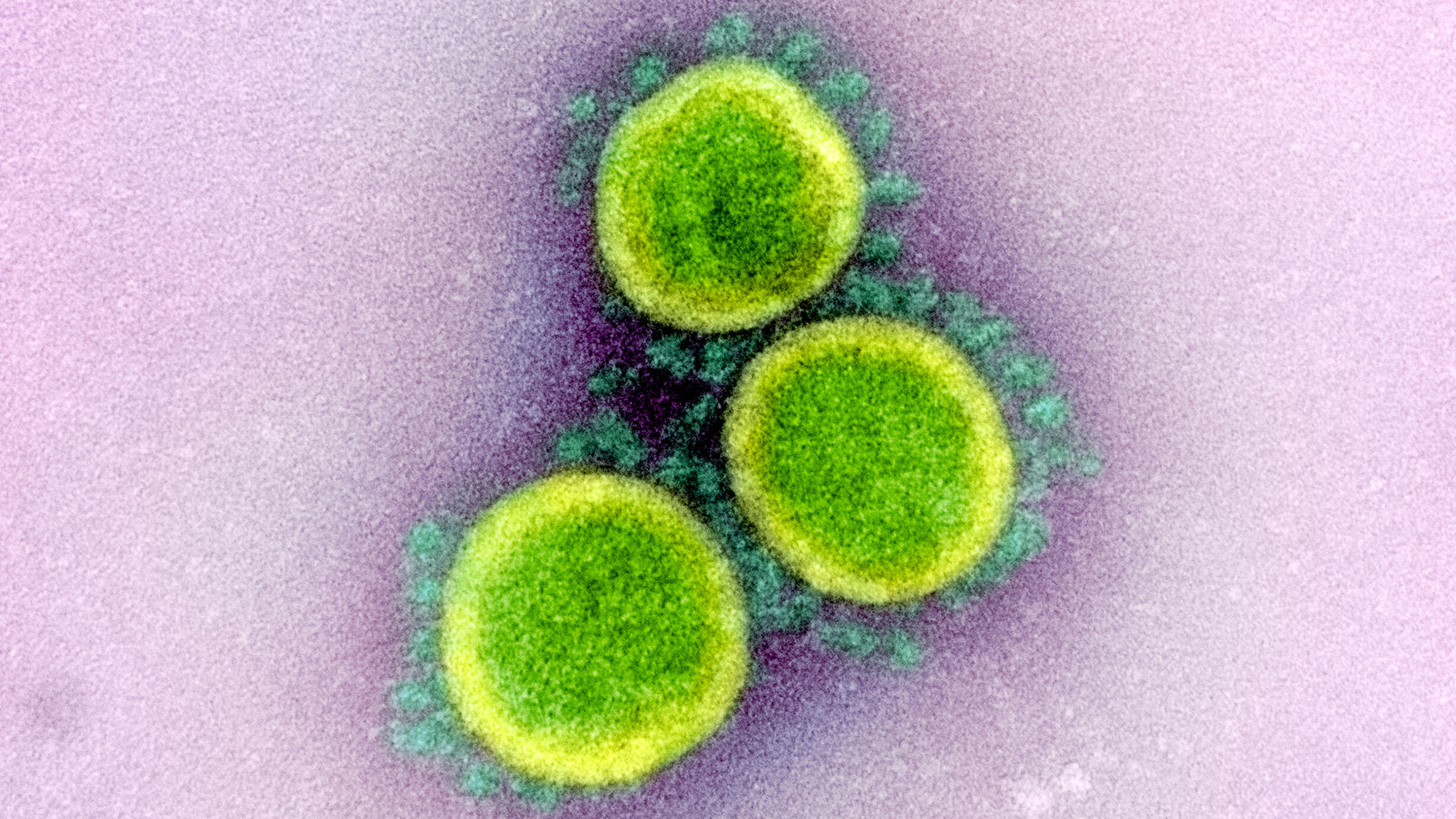 Transmission electron micrograph of SARS-CoV-2 virus particles
Transmission electron micrograph of SARS-CoV-2 virus particlesA new gene has been identified in SARS-CoV-2—the virus that causes COVID-19—that may have contributed to its unique biology and pandemic potential. SARS-CoV-2 only has about 15 genes, so knowing more about this and other overlapping genes—or “genes within genes”—could have a significant impact on how we combat the virus, scientists say. The description of the new gene, which is also found in a pangolin coronavirus, is published this week in the journal eLife.
“Overlapping genes may be one of an arsenal of ways in which coronaviruses have evolved to replicate efficiently, thwart host immunity, or get themselves transmitted,” said lead author Chase Nelson, a postdoctoral researcher at Academia Sinica in Taiwan and a visiting scientist at the Museum. “Knowing that overlapping genes exist and how they function may reveal new avenues for coronavirus control, for example through antiviral drugs.”
Rather than discrete blocks that convey a particular set of information, genes can be overlapping and multifunctional, with information cryptically encoded depending on where you start “reading” them. Such “overlapping genes” are hard to spot, but they are common in viruses, where one letter in a genome can contribute to two or even three different genes.
“Missing overlapping genes puts us in peril of overlooking important aspects of viral biology,” said Nelson.
Prior to the pandemic, while working at the Museum as a Gerstner Scholar in Bioinformatics and Computational Biology, Nelson developed a computer program that screens genomes for patterns of genetic change that are unique to overlapping genes. For this study, Nelson worked with colleagues from institutions including the Technical University of Munich and the University of California, Berkeley, to apply this software and other methods to new sequence data available for SARS-CoV-2.
The research team identified ORF3d, a new overlapping gene in SARS-CoV-2 that has the potential to encode a protein that is longer than expected by chance alone. They found that this gene is also present in a previously discovered pangolin coronavirus, perhaps reflecting repeated loss or gain of this gene during the evolution of SARS-CoV-2 and related viruses. In addition, ORF3d has been independently identified and shown to elicit a strong antibody response in COVID-19 patients, demonstrating that the new gene’s protein is manufactured during human infection.